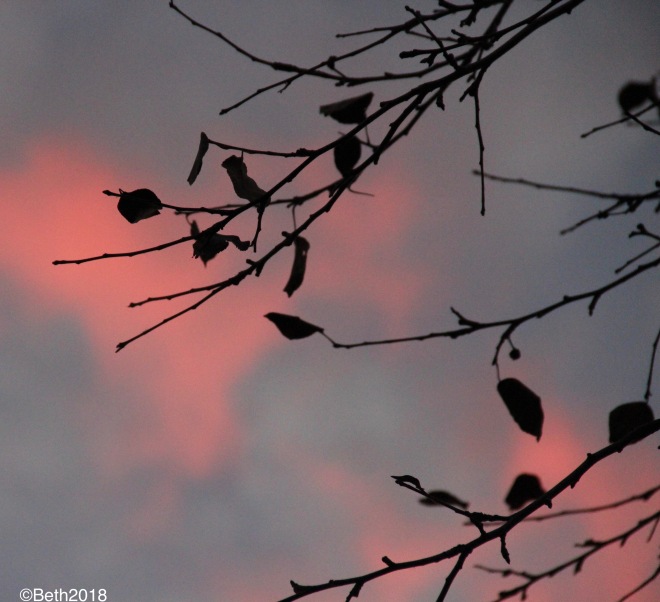
Chicken fat mushrooms (Suillus Americanus) grow near white pine trees.
When I was little, I thought that fungi just meant the small, brown squishy mushrooms that appeared in the lawn after a wet spell — and I was squeamish about them. But that’s only a small part of the story. The hidden world of fungi runs deep within the soil like strands of microscopic silk. I imagine these tiny fungal strands as threads of life woven in a network in and around plant roots. What we see are the strange and often beautiful fruiting bodies — what we typically call a mushroom or toadstool — growing on a tree, a log, the ground, or some other food source. This visible part of a fungus produces reproductive spores.

Russulas often grow near oak trees.
In fact, fungi are one of Earth’s key recyclers of carbon and other materials. Along with bacteria, earthworms and other soil organisms, fungi decompose organic matter to release and recycle nutrients, feeding themselves and others through this process.

Bracket fungi and lichens grow on a log along the Kettle River.
Fungi are not plants; they have no chlorophyll, leaves, roots, flowers or seeds and do not make their own food. They are primarily strands called hyphae, which secrete enzymes that break down organic matter, such as leaves, dead trees, and animal remains. Scientists currently think that land fungi split off from the animal kingdom around 1.3 million years ago — about 500 million years before plants.

Tiny slime mold sporangia grow on a rotting log. (Slime molds are related to, but different than, fungi.)
Though some fungi are parasites that damage plants and other living organisms, mycorrhizal fungi form a symbiotic partnership with plants in which both benefit. The fungi obtain nutrients that the plant produces in photosynthesis. The fungal hyphae, in turn, break down organic substances releasing nitrogen, carbon, glucose and other nutrients, which they pass along to the roots of plants without parasitizing them. Many fungi also store carbon, meaning that less is released into the atmosphere as carbon dioxide. All winter long fungi will nourish the soil for spring growth. As I walk on these autumn days, with so many leaves underfoot, I like to think about how they will be decomposed and used again in the spring to help create next year’s new life.

Peeling Puffballs (Lycoperdon) often grow in sandy, open areas, such as roadsides.
Though some fungi are harmful to plants, humans and other organisms, many provide antibiotics and food in addition to forming nourishing soil. So the next time you spot a fungus and think it’s gross, remember the benefits that many fungi provide to nature, the food chain and to us. Here are a few fungal fruiting bodies that I’ve seen growing in the woods this autumn. Fungi often are difficult to identify, so I don’t know all of their names, but I appreciate their shapes and colors.

Tiny orange Mycena toadstools growing in moss.

The underside of this Russula mushroom cap shows the spore-producing gills.

A silvery blue-capped fungus pops up through moss near aspens and pines.

An autumn toadstool grows under bur oaks next to the riverbank.

Amanitas grow in deciduous and mixed woodlands.

White polypore fungi slowly decompose a fallen tree limb.



















